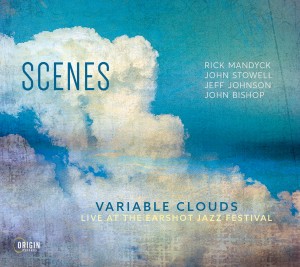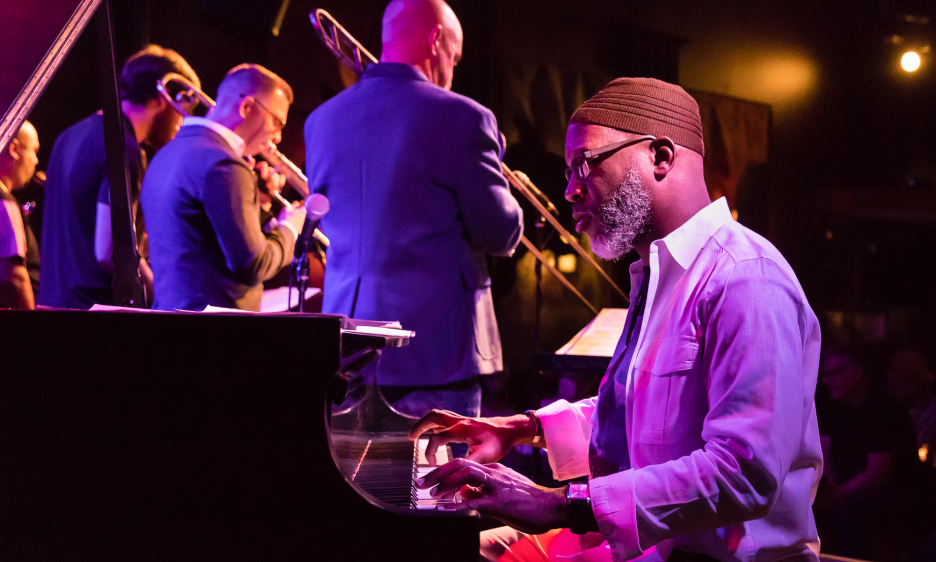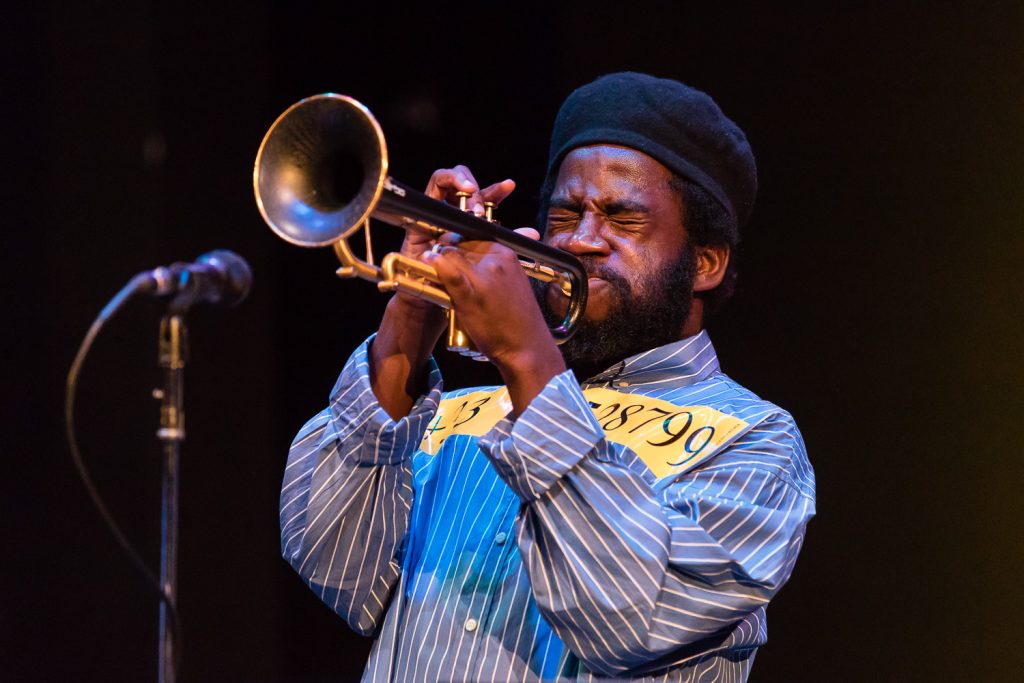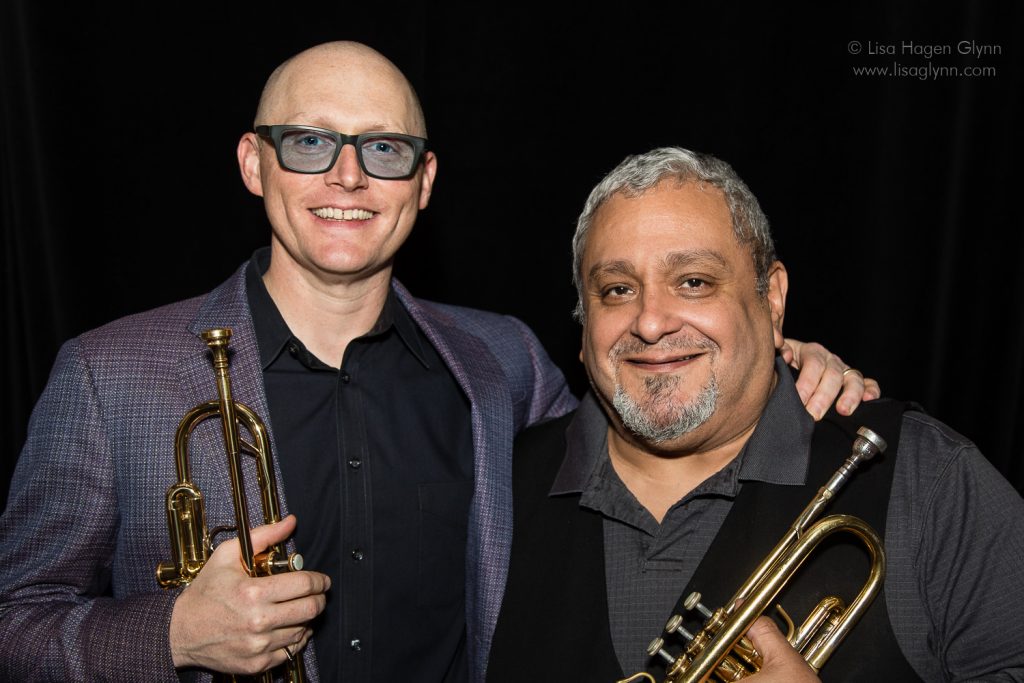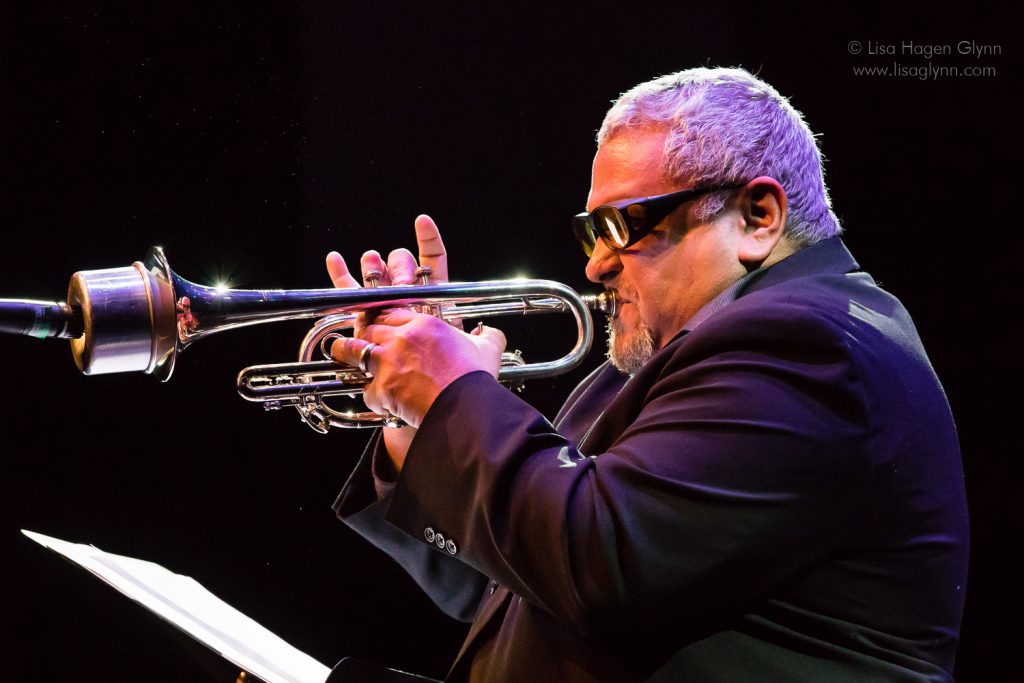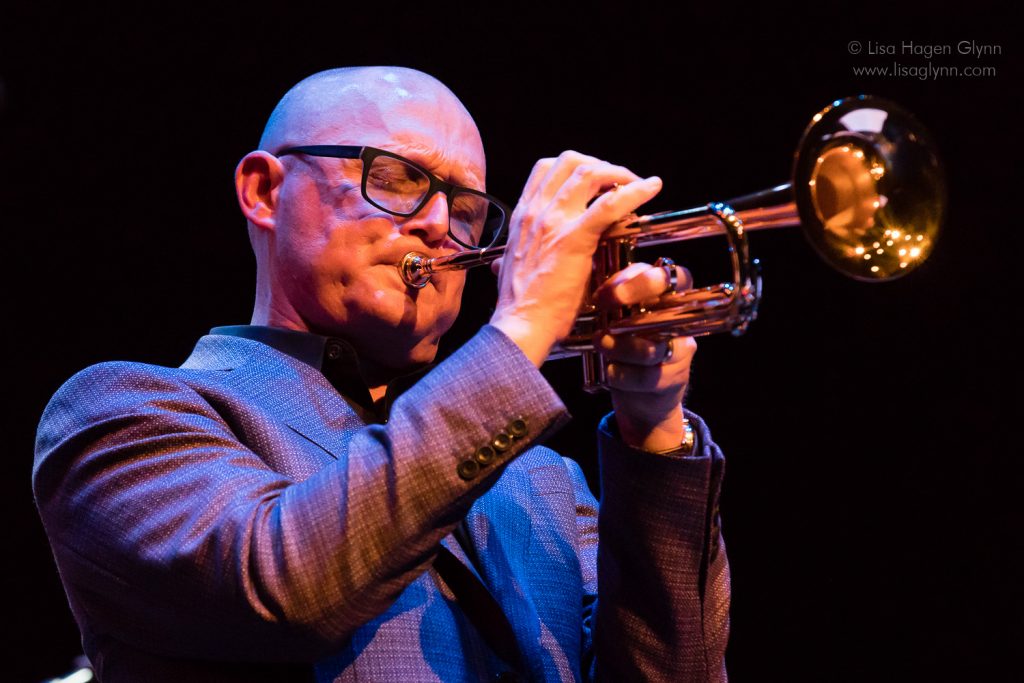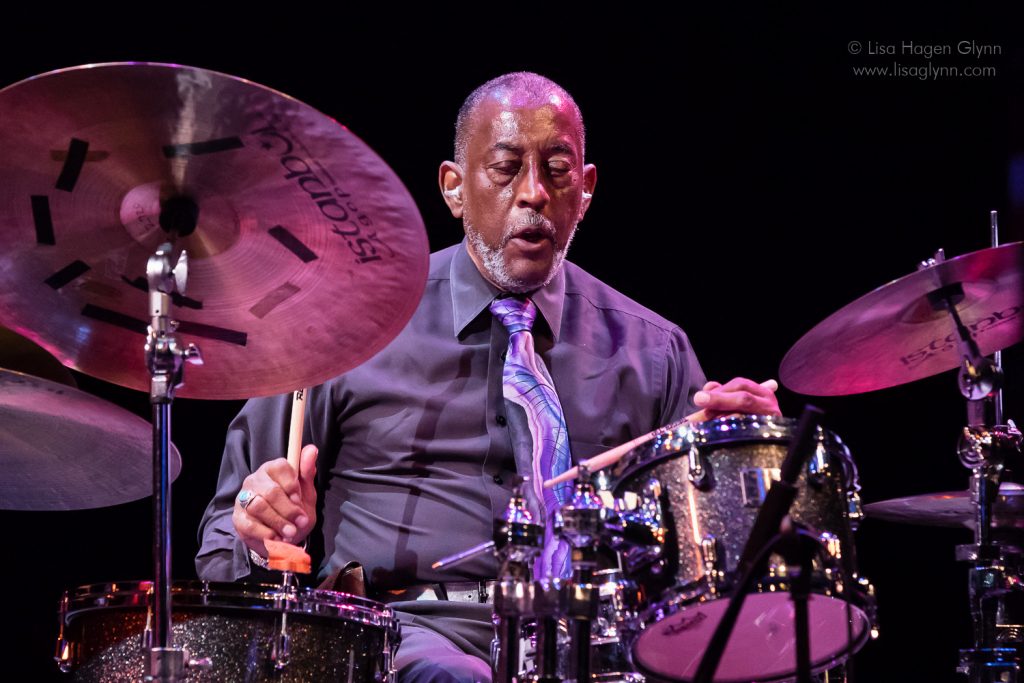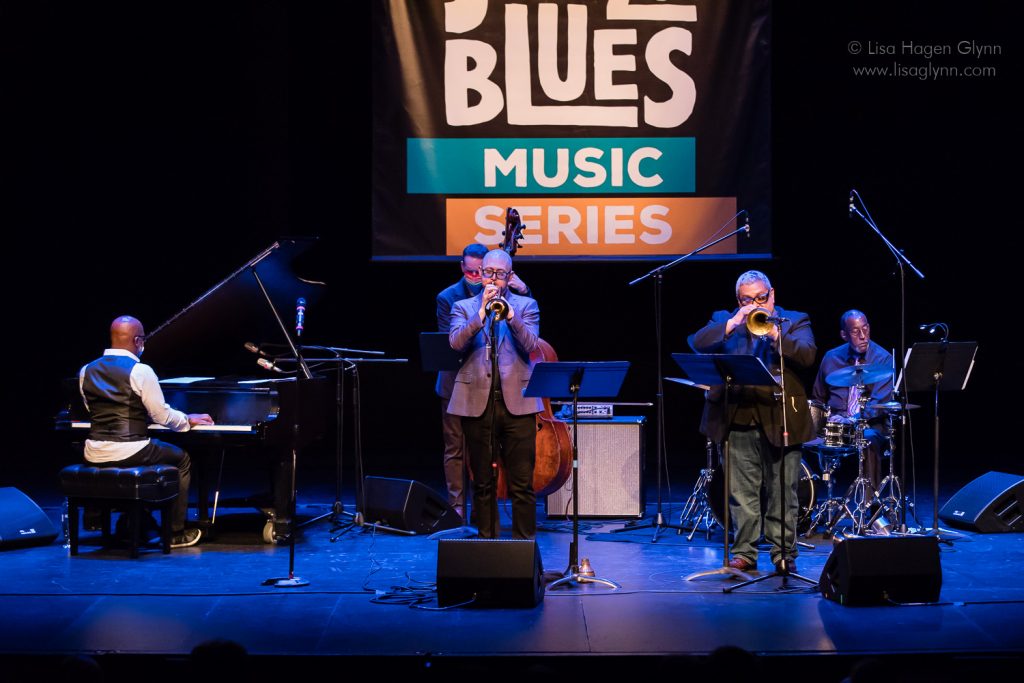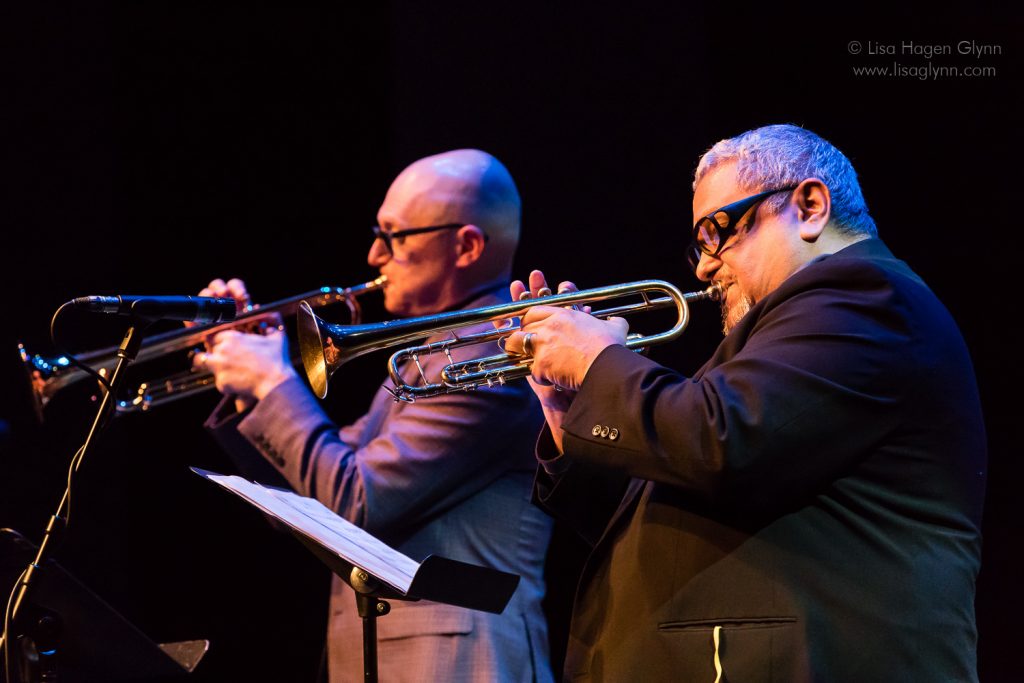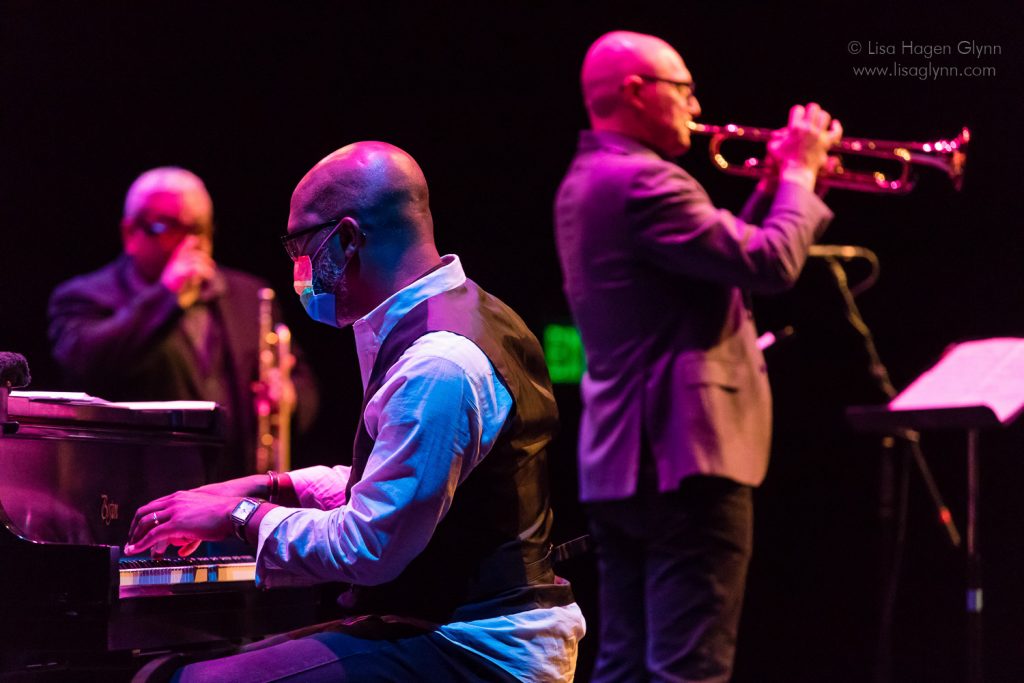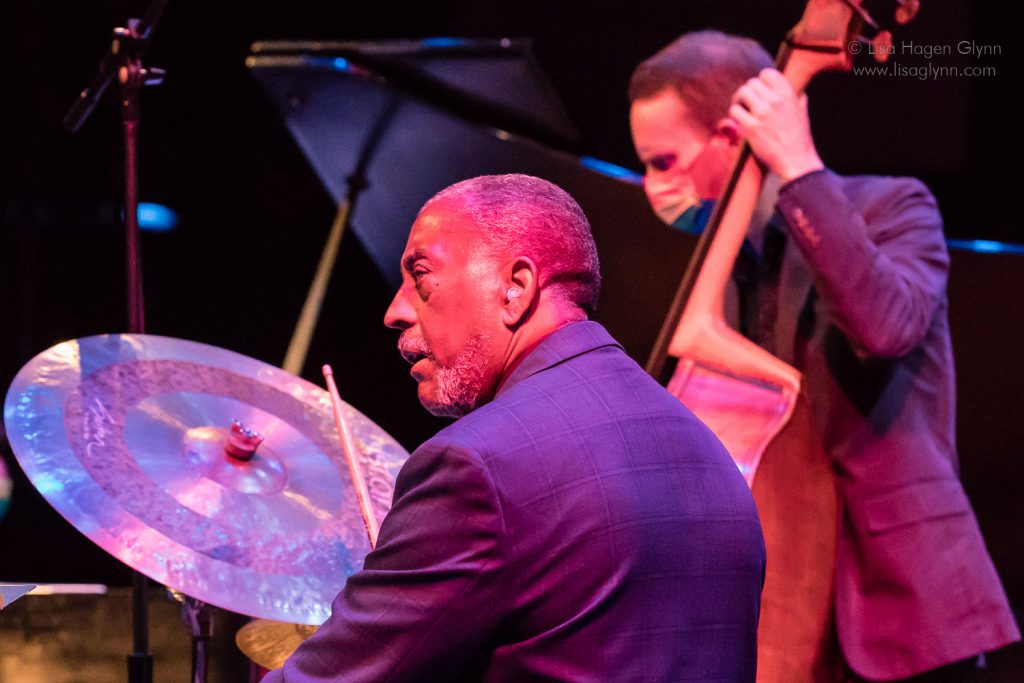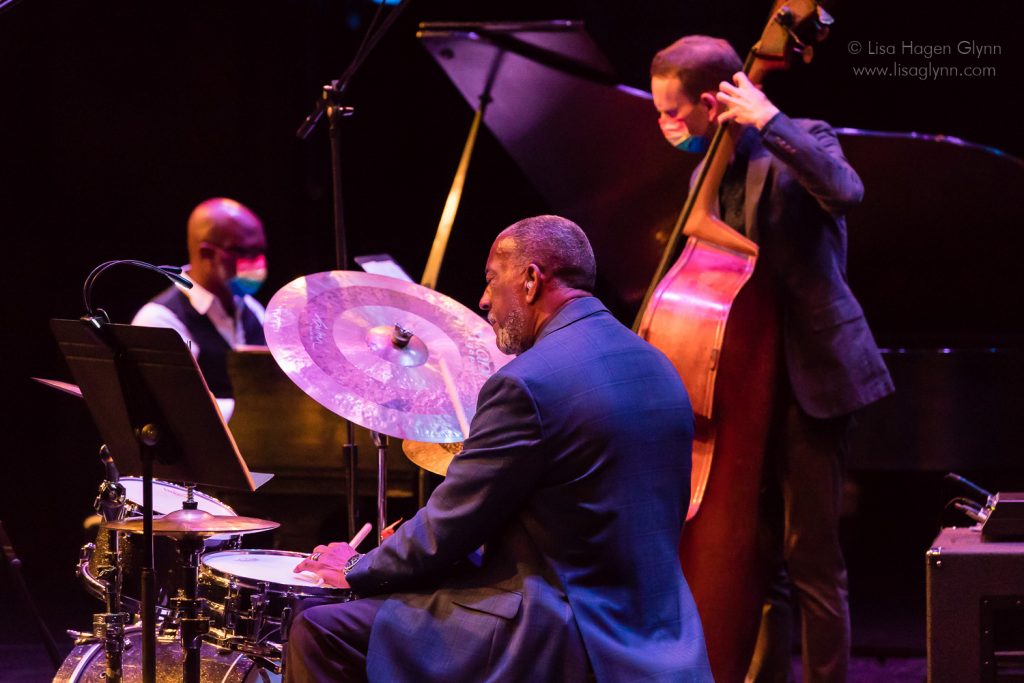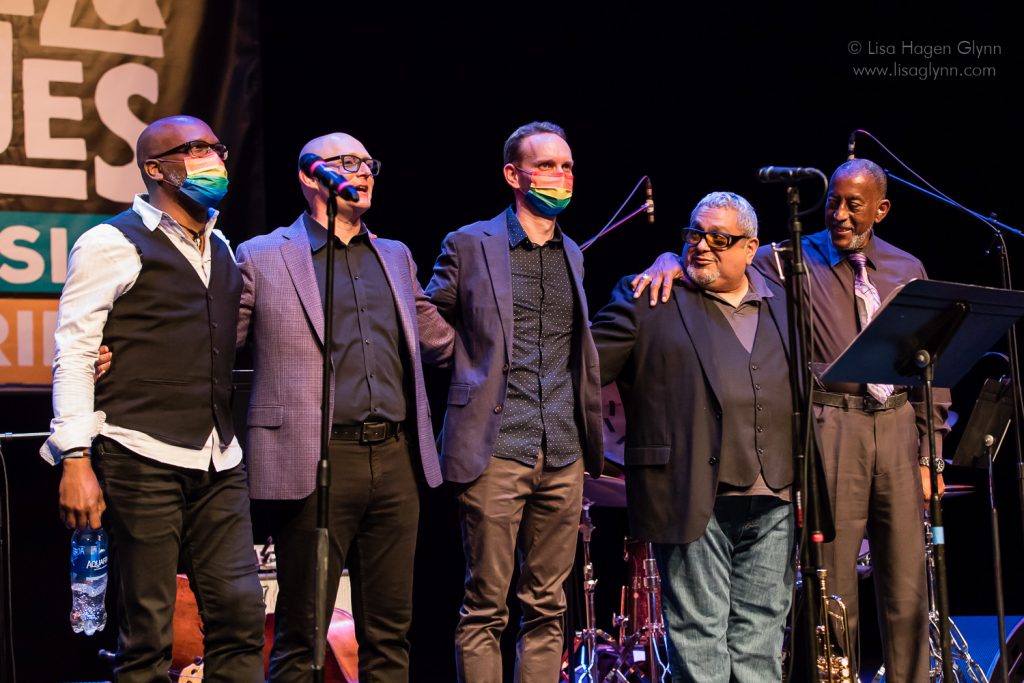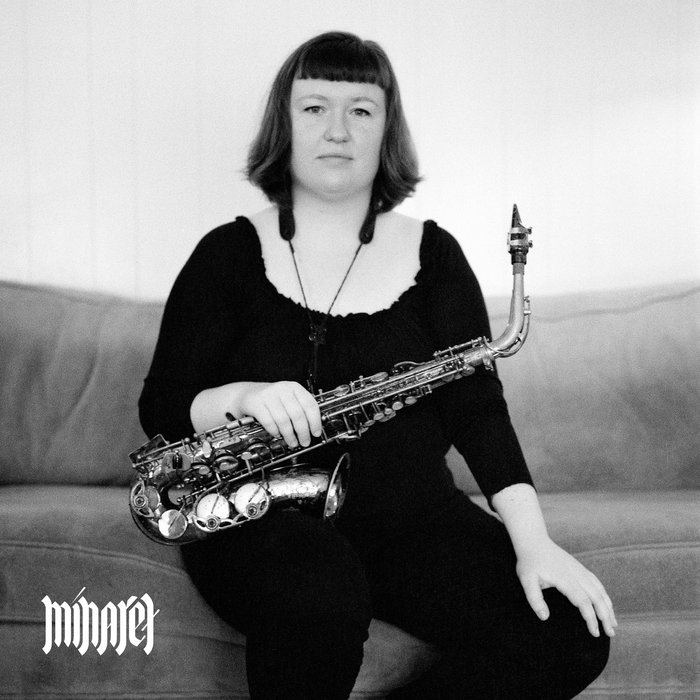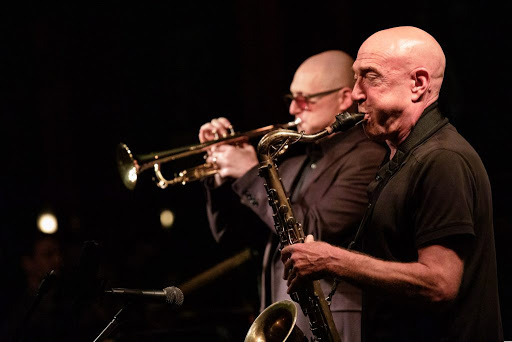Album Review: Ray Vega & Thomas Marriott/ East West Trumpet Summit- “Coast to Coast”
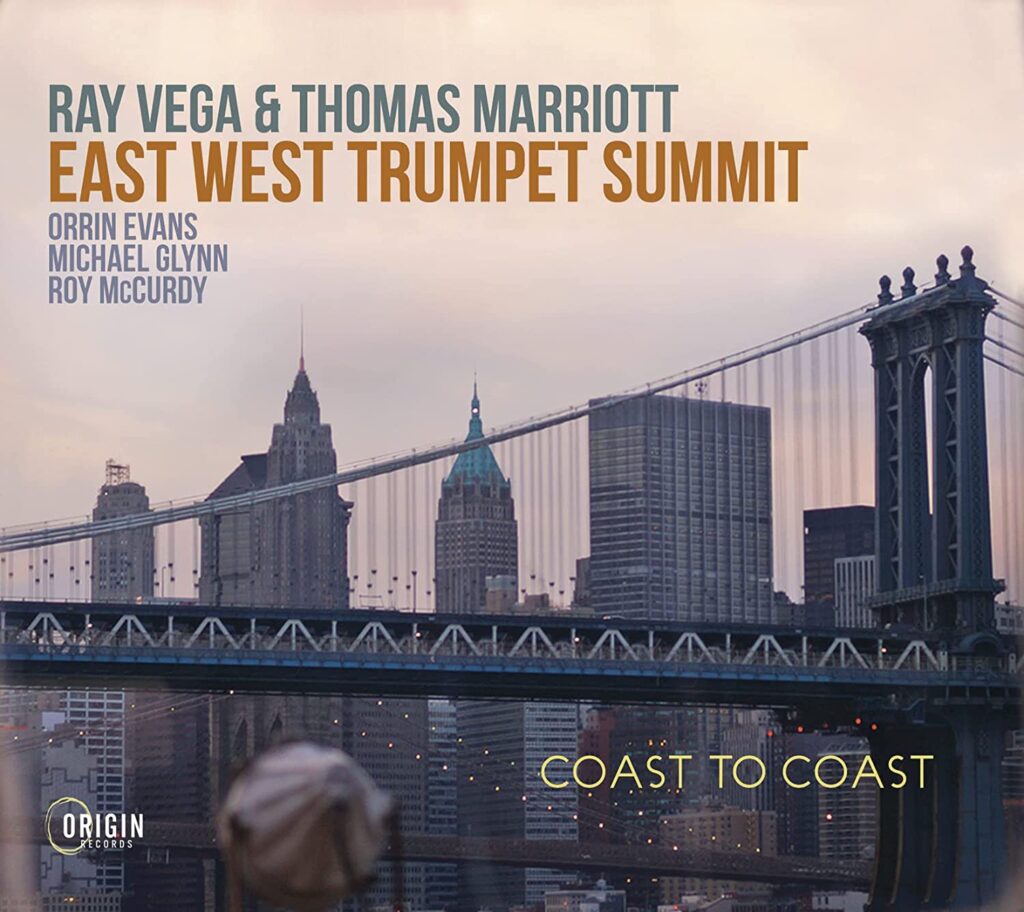
For some people, the whole notion of an east-west summit of anything in jazz brings up the perceived differences over time between American west coast jazz and its east coast counterpart. The basic premise is that jazz on the American west coast is a cousin to the cool jazz movement, a calmer, less soulful part of the tradition that relies more on composition and arrangement than the playing of individual improvisers. East coast jazz is seen more as hard driving, soulful and rooted deeply in the blues. All of these perceptions have been eclipsed in great part by among other aspects of modern living, the internet and efficient commercial air travel. Follow link to All About Jazz to continue https://www.allaboutjazz.com/coast-to-coast-ray-vega-and-thomas-marriott-east-west-trumpet-summit-origin-records
Album Review: Jeff Johnson- “My Heart”
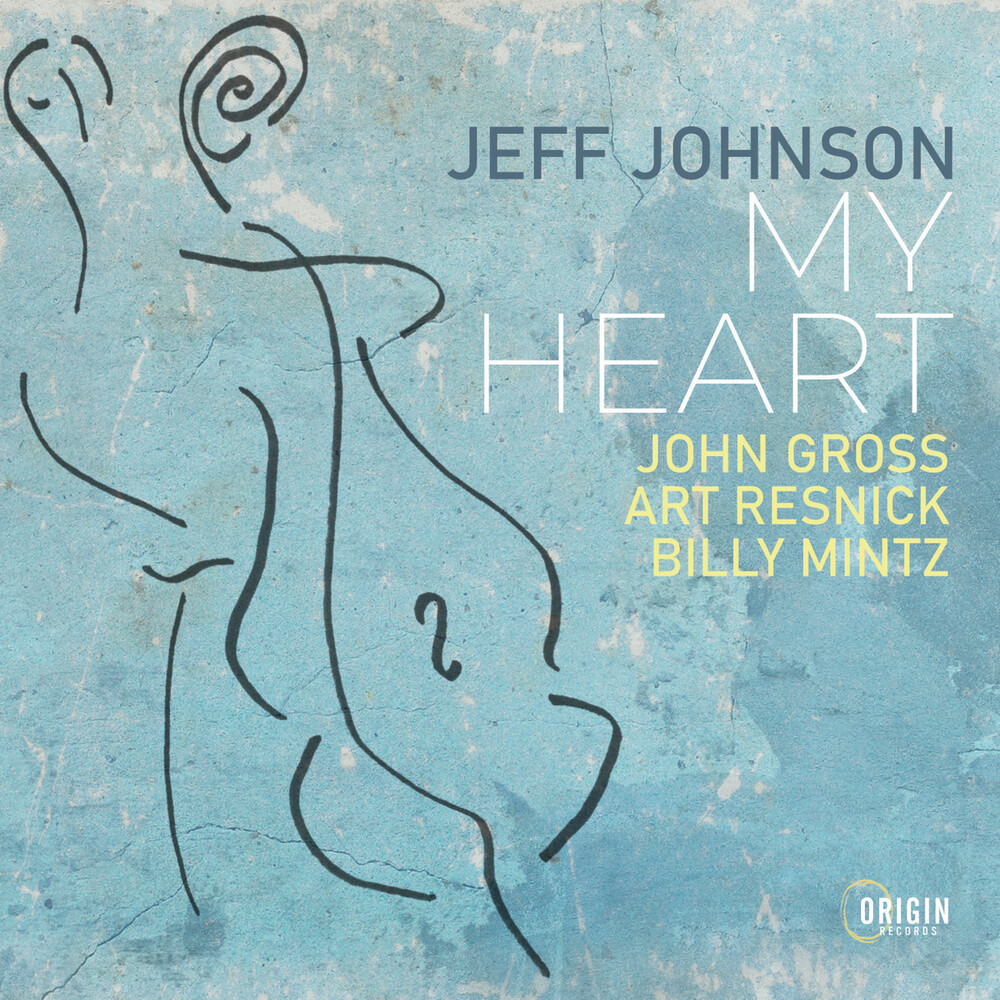
What could possibly be so interesting about a thirty-two-year old session of first takes, recorded live to 2-track DAT by a quartet led by a Seattle- based bassist who is not exactly a household name? A quick answer would include superlatives such as “masterful,” or “historic.” A brief history of bassist and composer Jeff Johnson creates a better sense of understanding. Johnson is perhaps best known as a pioneering member of pianist Hal Galper’s revolutionary rubato trio of the ’90’s, and ’00’s. His education in music was not from an institution of higher education, but from the fertile jazz scene of the early ’70’s in his native Minneapolis. His original sound would later be nuanced by time spent in Texas and Oklahoma, and by time spent alongside masters, including such greats as Philly Joe Jones, during a brief tenure in New York. Follow link to All About Jazz to continue https://www.allaboutjazz.com/my-heart-jeff-johnson-origin-records
